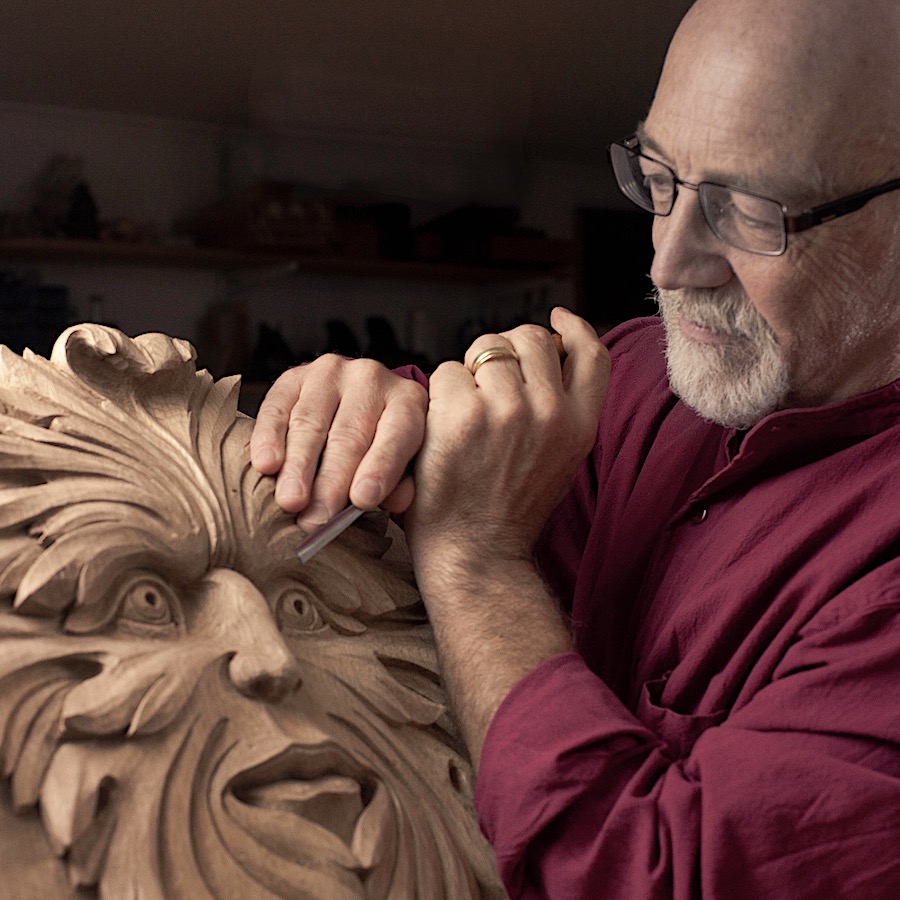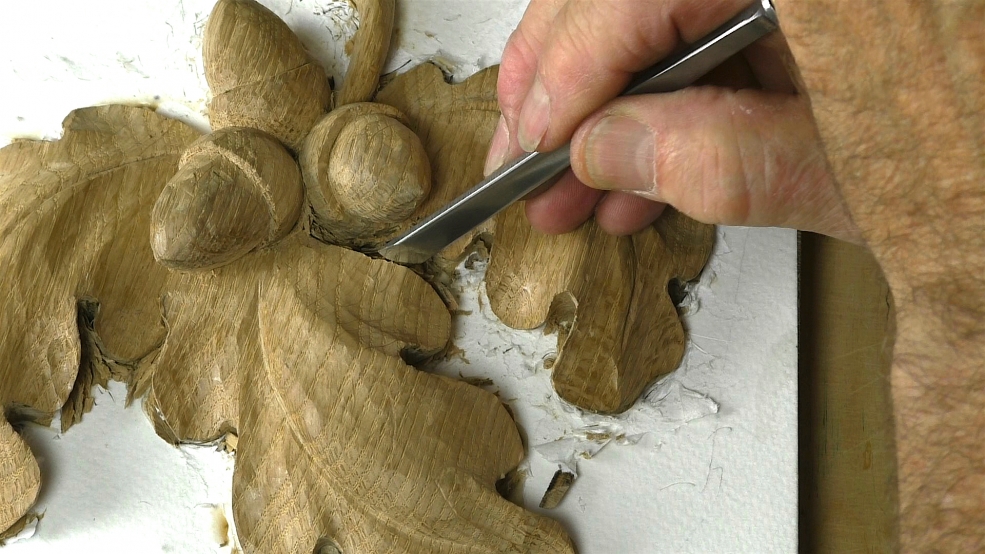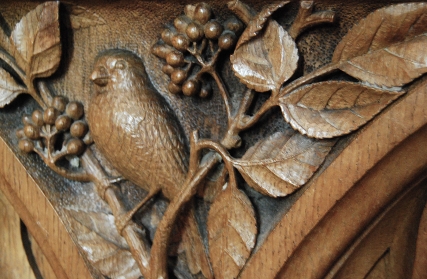
Learn to Carve. Learn to Carve Better!
The most comprehensive and free online resource for woodcarvers!
“The video site is invaluable to carvers of every skill level...
If you are serious about learning to carve using traditional hand tools, this is the site for you.”
Woodcarving Illustrated Magazine

Chris has a great way on camera ... He explains everything in a calm and thought-out way. The camera ... is always where it needs to be, showing what the tool should be doing and how you should hold it.

We have a series just for you!
Some of the highest quality made-for-the-web videos I have ever seen. I just watched a two minute clip and learned something!

Golden Rules for Carvers - 3 More for your Collection!
Read More